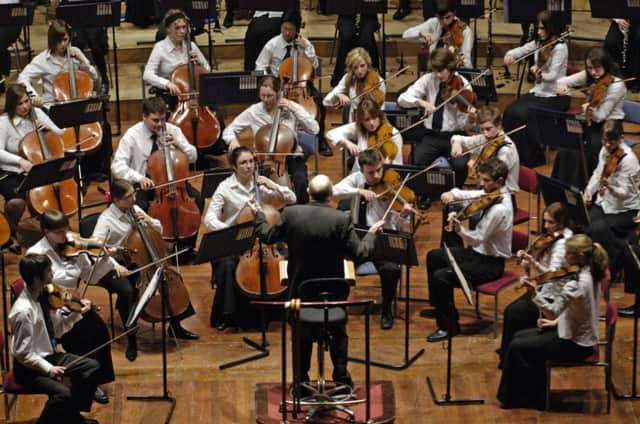The art of making communication


At SENSE Scotland we support people with communication support needs to engage with the arts as artists, participants and audiences. I’ve found during the years I’ve worked for the organisation that ensuring that people have access to inclusive opportunities often relies upon available funding.
So, when last month saw the launch of the new Creative Scotland Ten-Year Plan: Unlocking Potential, Embracing Ambition, I like many others was keen to see what form the future of Scotland’s arts funding landscape would take. I am a firm believer that the arts deserve funding to enable participation, access, and development of new work. Arguably, investing can also aid efficiency for the long term across other public resources.
Advertisement
Hide AdAdvertisement
Hide AdHowever, it was the aspiration of “unlocking potential” and “embracing ambition” that really captured my attention. These are words that speak to me beyond the economic realm of a funding source, and relate to the inherent nature of creativity within everyone and the fundamental importance of human investment in the arts.
So, why did these terms resonate so much with me? I think it’s because every day I have the opportunity to see the incredible value and importance of people’s potential and ambitions being realised through the arts. What I have learned is that there is the capacity for everyone to benefit from creativity at any age.
Developmental psychologists tell us that we are born into this world with an innate ability to communicate with those around us and to interact with our environment. From their earliest days babies creatively attempt to engage in a dialogue and find the means to adapt to the world in which they have found themselves. It is from this initial impulse that we begin the explorative journey of creating a narrative structure with which to identify. We create the stories of our own lives.
This is a fundamental part of the process that leads to the development of language. If however, a person faces barriers to developing formal language, how can we harness the potential of this innate ability to communicate? We need to employ a universal language that has endured for thousands of years, across cultures. We need to use art; our most valuable and accessible tool of communication.
The arts offer the potential to actualise the emotions, desires and fears of those who may not have any other way to voice their feelings and choices. Moreover, the arts have the ability to transcend verbal language and express things which cannot be articulated. Art is pure communication.
Tactile, visual, aural and movement components of the different art forms become a vocabulary with which to form expression. It could be musical instruments, fabric, paint or clay that serve as the tools with which to build this vocabulary.
These are the exchanges that I can see taking place on a daily basis as natural creative dialogue evolves. We see the transformational power of art with so many of the people we work with.
One example is a young woman who has participated in music, drama and visual art sessions with us for several years. When she first began sessions, she avoided eye contact and was uncomfortable in group situations.
Advertisement
Hide AdAdvertisement
Hide AdGradually, as the weeks progressed, we could see that eye contact increase and there was greater concentration and involvement within the sessions. As confidence in the relationship with the arts practitioner and the environment grew, it became clear that she was captivated by the creative process and showed a desire to take a more active role in the sessions. Her mum told us she “has gone from being someone who kept her head down, arms folded and unsure of the world around her, to someone who has become more confident in her daily life and able to express herself better”.
A few years have now passed and she enjoys being part of a music group as well as creating art work on her own, making self-motivated choices about what materials to select and using them in unique ways. While we will continue to support her communication development, our role is now in supporting her to progress her artistic ambitions.
This for me is the real potential and true value of the arts.
• Isobel MacRae is arts development officer at Sense Scotland
SEE ALSO